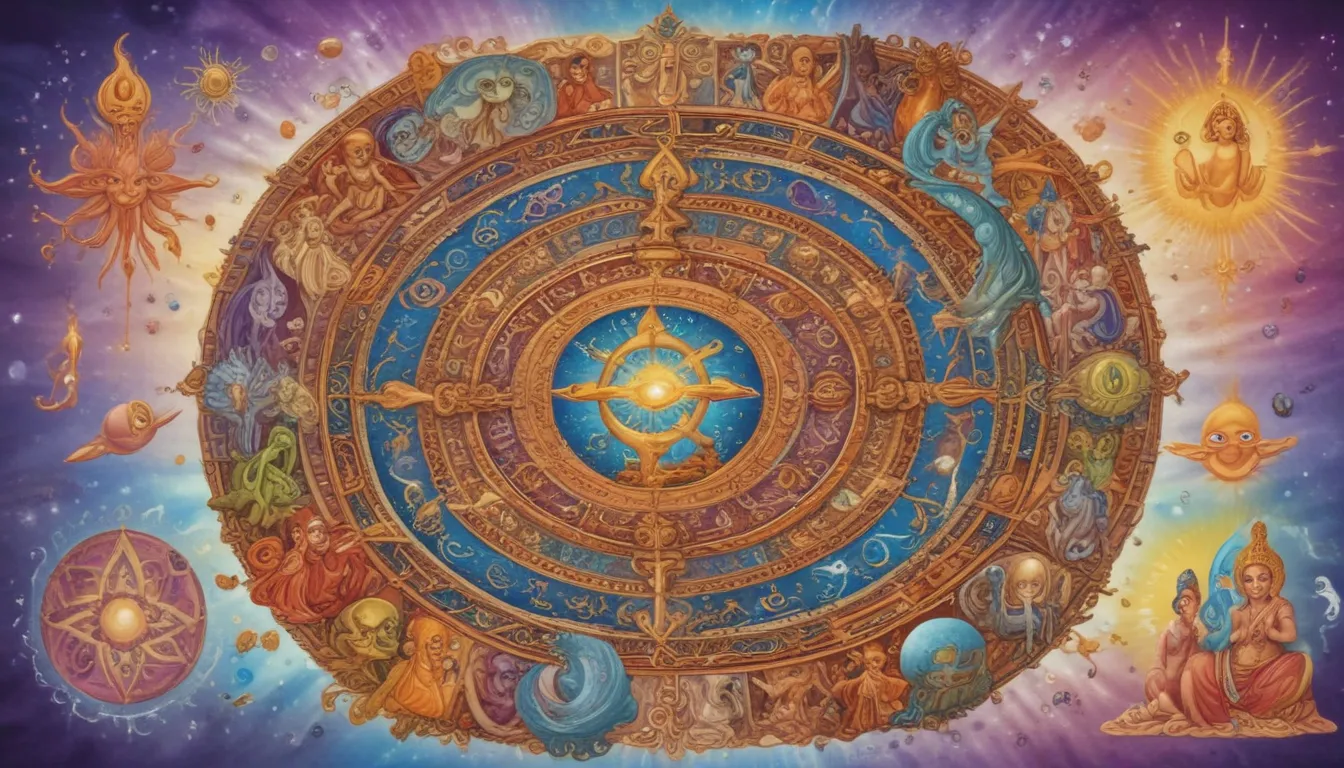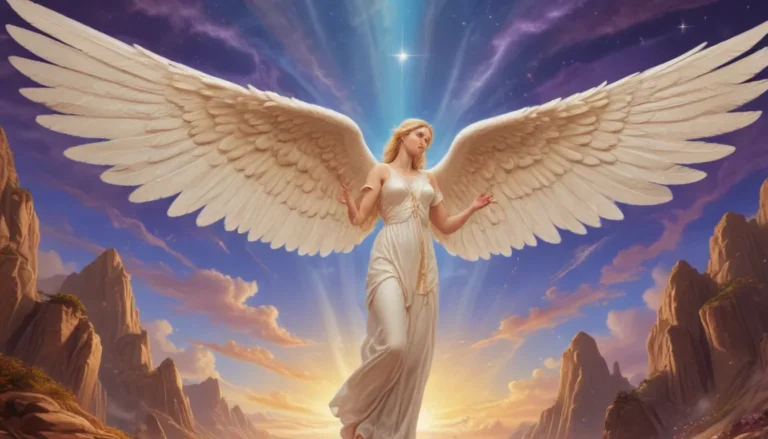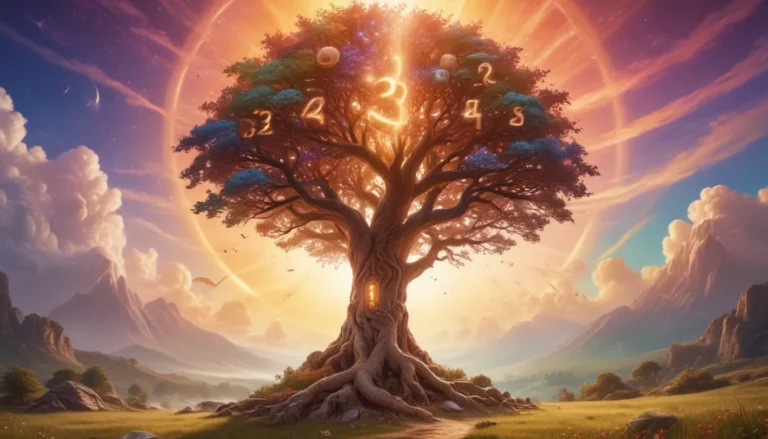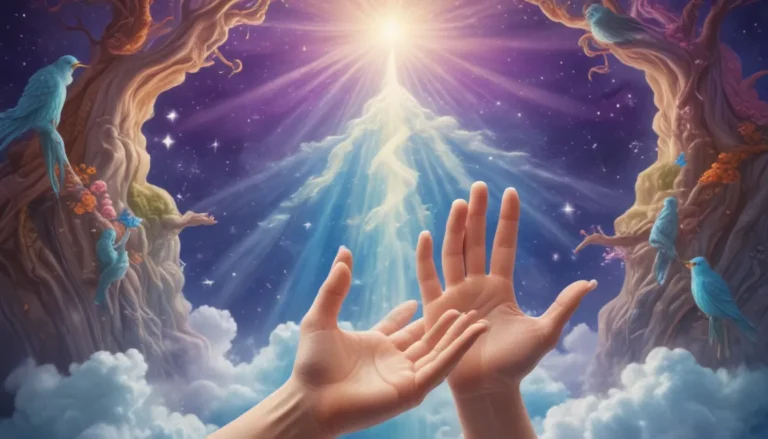
Spiritual symbols have been around for centuries, representing deep meanings and ideas that can be difficult to put into words. These symbols often serve as reminders of our connection to something greater than ourselves and can offer guidance and insight when we feel lost or overwhelmed. Let’s explore ten powerful spiritual symbols and their meanings.
1. The Lotus Flower
The lotus flower is a beautiful symbol of transformation, rebirth, and enlightenment. It grows in muddy waters but emerges as a stunning, pure bloom above the surface. This symbolizes how we can rise above our challenges and difficult circumstances to become something beautiful and strong. In Hinduism and Buddhism, the lotus is often associated with purity of heart and mind.
2. The OM Symbol
The OM (or AUM) symbol is one of the most significant in Hinduism and yoga. It represents the sound of the universe and symbolizes creation, preservation, and destruction – the three main aspects of life. Chanting “OM” helps us connect with our higher selves and aligns us with the cosmic energy around us.
3. The Cross
The cross is an important symbol in Christianity, representing Jesus Christ’s crucifixion and resurrection. It stands for sacrifice, love, redemption, and salvation. The horizontal beam represents the earthly realm, while the vertical bar reaches up to heaven, reminding us that we are spiritual beings having a human experience.
4. The Ankh
The ankh is an ancient Egyptian symbol of life and rebirth. It resembles a cross with a looped top, often depicted in the hands of deities or pharaohs. This symbol represents the concept that our essence lives on after death, continuing to grow and evolve through reincarnation.
5. The Hamsa Hand
The hamsa hand is a popular protective symbol across various cultures, including Middle Eastern, North African, and Mediterranean regions. It typically consists of an open right hand with its fingers spread out in a specific way, representing protection against negative energy and evil intentions. Some also see it as a representation of the Divine Feminine or Goddess energy.
6. The Yin-Yang Symbol
The yin-yang symbol is an ancient Chinese concept representing balance and harmony between two opposing forces – yin (feminine, passive energy) and yang (masculine, active energy). This symbol encourages us to embrace all aspects of ourselves and recognize that nothing exists independently; everything is interconnected.
7. The Tree of Life
In many spiritual traditions, the tree of life is a powerful symbol of growth, transformation, and connection. It represents our journey through life, growing stronger as we overcome challenges and learn from experiences. In Kabbalah, it consists of ten sefirot (divine attributes) that connect Heaven and Earth.
8. The Eye of Horus
The Eye of Horus is an ancient Egyptian symbol associated with protection, royal power, and good health. It represents the eye of the sky god Horus, which was believed to protect against harm and evil. This symbol encourages us to see beyond the physical realm and connect with higher realms of consciousness.
9. The Mandala
Mandalas are intricate circular designs used in various spiritual practices, such as meditation and visualization. They represent wholeness, unity, and harmony – a microcosm of the universe reflecting our inner selves. Creating or coloring mandalas can help us find balance, clarity, and peace within ourselves.
10. The Infinity Symbol
The infinity symbol represents endlessness, limitless potential, and eternal life. It consists of two loops forming an eight-shaped figure that has no beginning or end. This symbol serves as a reminder that we are part of something much larger than ourselves – the infinite universe.
Incorporating these spiritual symbols into your daily life can help deepen your understanding of yourself and the world around you. Whether through meditation, art, or simply acknowledging their presence in nature, these symbols offer valuable wisdom for our journey towards self-discovery and personal growth.





